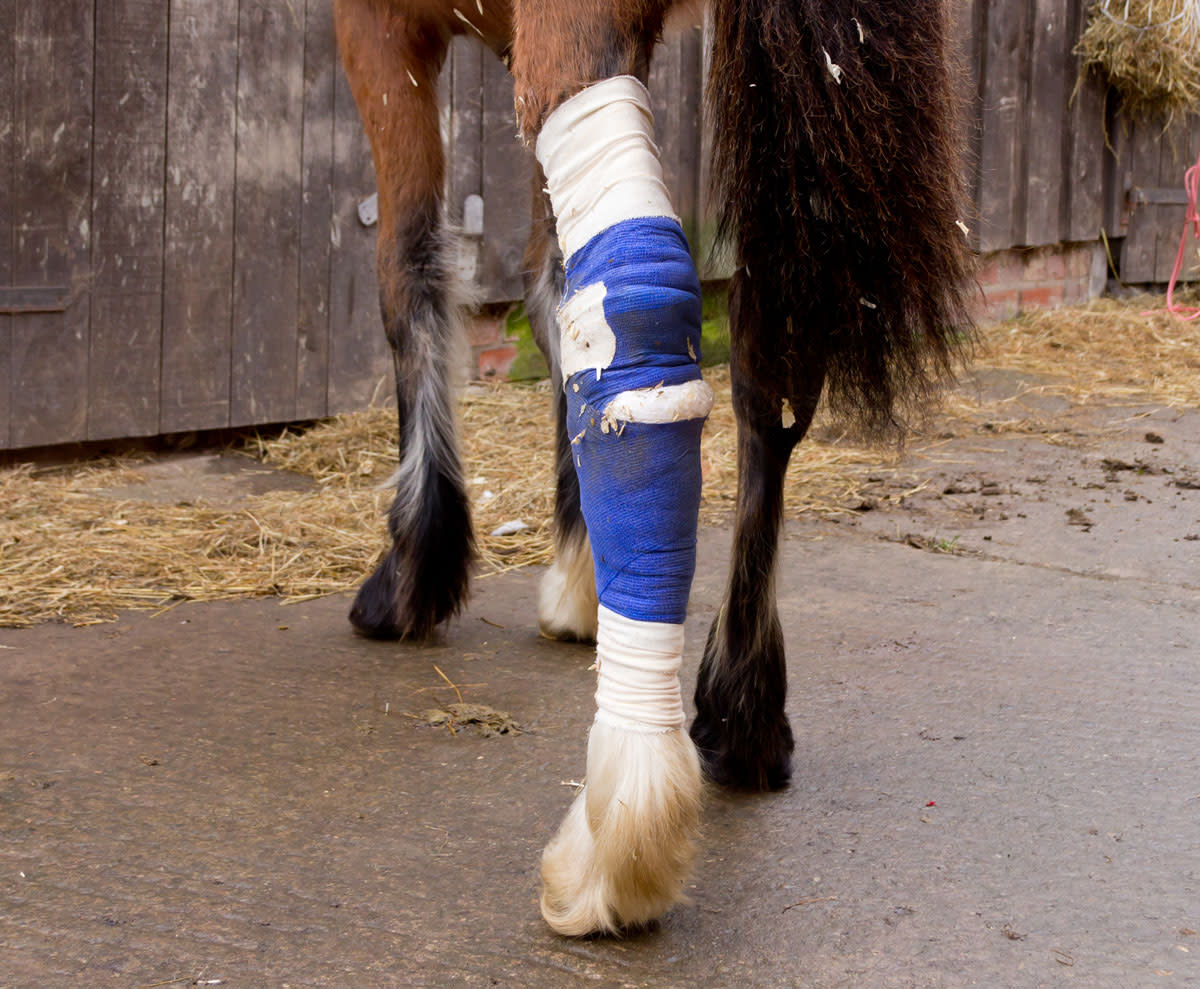
In Episode 62 of the Disease Du Jour podcast, we again talk with Steve Adair, DVM, MS, a Diplomate in the American College of Veterinary Surgeons and the American College of Veterinary Sports Medicine and Rehabilitation. Adair is certified by the American Veterinary Chiropractic Association in Animal Chiropractic, and is a Certified Equine Rehabilitation Practitioner. He holds a bachelor’s degree in microbiology, a master’s degree in veterinary microbiology, and received his DVM from Auburn University.


Podcast transcript coming soon
EquiManagement’s Disease Du Jour podcast is focused on equine research and current best practices. Disease Du Jour is brought to you in 2021 by Merck Animal Health.
Most hind limb injuries or lamenesses are musculoskeletal in nature, noted Adair. “The vet’s job is figuring out where a gait abnormality or lameness starts,” he added.
He reminded veterinarians that pain might also be located in areas other than the injury, as changes in movement due to a hoof angle problem might cause gluteal pain, for example.
“Part of rehab is not to be tunnel-visioned,” stated Adair. “You need a more holistic approach.”
Even if a horse is stall-bound due to injury or surgery, there are rehabilitation techniques that can be used to help the horse with core, weight shifting and stretching exercises. “A lot of human physical therapy is related to motion and exercise, and not necessarily modality-driven,” reminded Adair.
Adair did cover some of the modalities he uses with different types of rehabilitation cases. But he reminded veterinarians that each rehabilitation program should be designed for the individual horse and situation.
Most rehabilitation will be undertaken by the owner at home, so a veterinarian needs to understand what should be done, what can be done, and a timeline for the healing process for that horse.
To learn equine rehabilitation techniques, Adair suggested professional development to give veterinarians the basics or add on to their knowledge base.
“I hope to see more “research on equine rehab” in literature, but keep in mind that just because something works in human doesn’t mean it works in horses,” advised Adair. “Look for evidence-based medicine.”
Adair said that pretty much every town has a human physical therapist. He suggested that veterinarians contact that person to ask for tips. “It’s amazing some of the stuff they know,” said Adair.
He also suggested that veterinarians record videos of cases and use objective measurements to determine progress whenever possible.
Part of rehabilitation is addressing pain, understanding “immobilization is not our friend,” and using controlled movement to progress the patient—”rehabilitation is more than stall rest.”

EquiManagement’s Disease Du Jour podcast is focused on equine research and current best practices. Disease Du Jour is brought to you in 2020 by Merck Animal Health.








